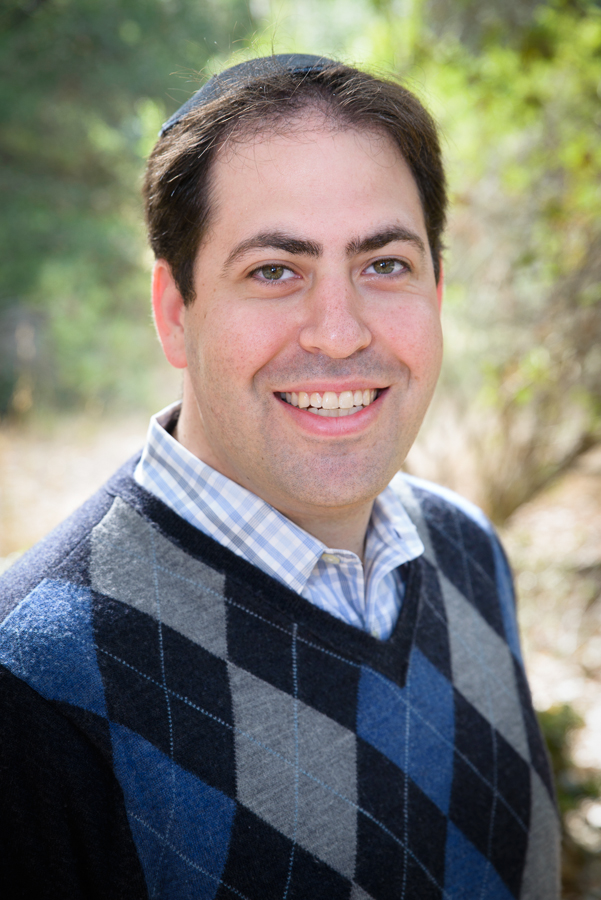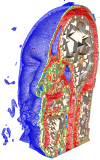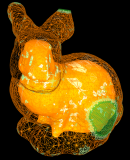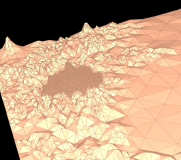Kenneth Weiss
I am a computer scientist at Lawrence Livermore National Laboratory in the Applications, Simulations and Quality (ASQ) division. I am also the information director of the ACM journal Transactions on Spatial Algorithms and Systems (TSAS).
I earned a Ph.D. from the Computer Science department at the University of Maryland, College Park under the guidance of Leila De Floriani, as well as a B.S. in Computer Science and a B.A. in Mathematics from Binghamton University. The focus of my Ph.D. thesis was on hierarchical decompositions of n-dimensional space. I was also a postdoctoral researcher working with Peter Lindstrom in LLNL's Center for Applied Scientific Computing.
My research interests include scientific visualization, computational topology, geometric modeling, spatial data structures and high performance computing.
Please see my publications and full CV or feel free to contact me.
Collaborations
- University of Colorado, Boulder, 2019-Present.
- University of Maryland, College Park, 2017-Present.
-
Lawrence Livermore National Laboratory, 2012-Present.
Mentor: Peter Lindstrom
- University of Genova, 2006-2016.
-
Lawrence Livermore National Laboratory, 2006.
Mentor: Valerio Pascucci
- Sandia National Laboratory, 2005.
-
Binghamton University, 2002-2004.
Advisor: Lijun Yin
Copyright Notices
- ACM Copyright Notice
- Copyright by the Association for Computing Machinery, Inc. Permission to make digital or hard copies of part or all of this work for personal or classroom use is granted without fee provided that copies are not made or distributed for profit or commercial advantage and that copies bear this notice and the full citation on the first page. Copyrights for components of this work owned by others than ACM must be honored. Abstracting with credit is permitted. To copy otherwise, to republish, to post on servers, or to redistribute to lists, requires prior specific permission and/or a fee. Request permissions from Publications Dept, ACM Inc., fax +1 (212) 869-0481, or permissions@acm.org. The definitive version of this paper can be found at ACM's Digital Library http://www.acm.org/dl/.
- Eurographics Association Copyright Notice
- Permission to make digital or hard copies of part or all of this work for personal or classroom use is granted without fee provided that copies are not made or distributed for profit or commercial advantage and that copies bear this notice and the full citation on the first page. Copyrights for components of this work owned by others than Eurographics must be honored.
- IEEE Copyright Notice
- This material is posted here with permission of the IEEE. Internal or personal use of this material is permitted. However, permission to reprint/republish this material for advertising or promotional purposes or for creating new collective works for resale or redistribution must be obtained from the IEEE by writing to pubs-permissions@ieee.org
- Springer-Verlag Copyright Notice
- The Author may publish his/her contribution on his/her personal Web page provided that he/she creates a link to the above mentioned volume of LNCS at the Springer-Verlag server or to the LNCS series Homepage (URL: http://www.springer.de/comp/lncs/index.html) and that together with this electronic version it is clearly pointed out, by prominently adding "© Springer-Verlag", that the copyright for this contribution is held by Springer.
- Wiley-Blackwell Copyright Notice
- The definitive version of this paper is available at www.interscience.wiley.com.







